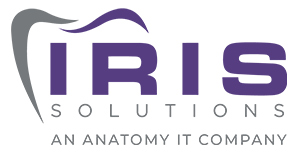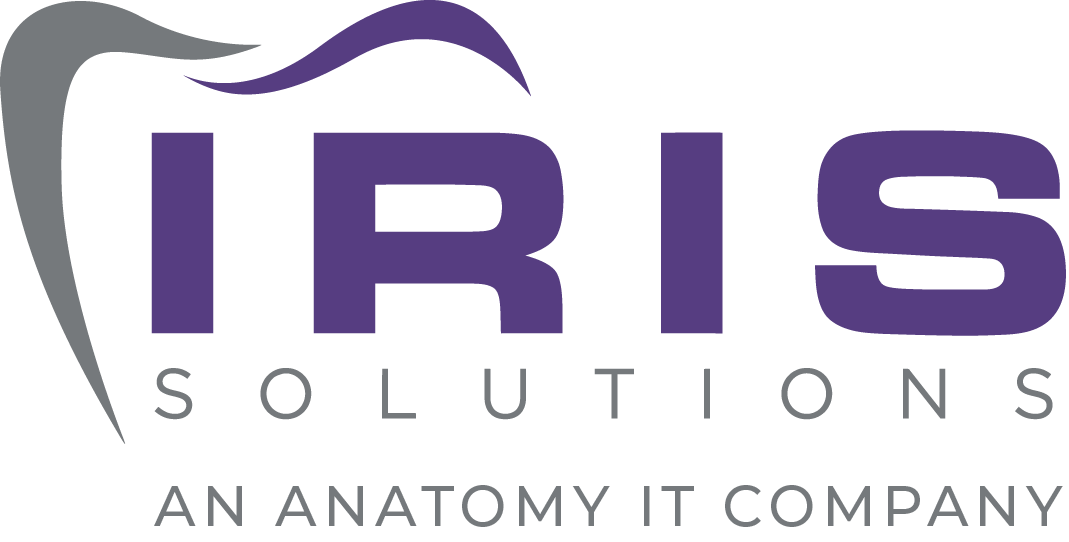Isn’t a Server just a Server?
I was speaking with a client last week and I mentioned the phrase “terminal server” and shortly followed by referring to is as a “Server.” He stopped me cold and asked the question above.
You might wonder the same thing or if not, you have already gone on the next cat video on YouTube. If you have ever had this question let me give you the “I HATE I.T.” version of the answer:
- A server is meant to be a device that serves other computers/peripherals/users.
- A workstation is designed to do work for the user who is accessing it.
HERE COMES THE GEEK TALK
We talk about all different kind of servers:
- Active Directory Server
- File and Print Server
- Database Server
- Application Server
- Mail Server
- FTP Server
- Web Server
- Virtual Server
Of course I made a list. This is all IT guys know how to do. With all of that geek speak I want to point out two items:
LETS TALK VIRTUAL
A physical server is a device you buy from Dell/HP/Lenovo and the cost ranges from ~5K to ~25K and up. The physical server has processor/RAM/Storage and some other options.
A virtual server is an operating system running using the processor/RAM/Storage from the physical server above. The virtual server can dynamically allocate the resources. This is helpful because you can use 2-3 or more virtual servers for a single physical server. Virtual servers have become the standard for server deployments.
Imagine you have a giant 100K sq. ft. warehouse. You wanted to have 10 different types of storage in the warehouse. Doing the quick math that is 10 sq. ft. for each category. However, with a virtual system you can dynamically allocate more resources to different categories. You can have Category A take 35K sq. ft. when it needs it. All of this is managed by the virtual server.
OK THIS IS REALLY COOL
The next item to consider is the terminal server.
This term has been retired by Microsoft and now they use the term Remote Desktop Server. The Remote Desktop Server (RDP) allows for a user to remote in and work on the server instead of working on your computer.
When you use a computer you need to have an operating system, applications, application settings, email, documents, web browsing and other functions. When you use a RDP server all of the computing functions are on the server.
This method of computer usage has been popular for a long time but has become more of a standard. The process allows the user to never worry about:
- Physical hardware failing and losing data
- You can open a document, close your session and come back 30 minutes later and the session be in the same spot
- Central access to data. You don’t have to be at your work desktop in your office to access your data. All of this data is kept on the server.
- Allows for a reduced amount of computing need at your desktop so you don’t have performance issues.
NOW YOU KNOW
I am sure after reading this little bit of info you are going to have something to talk about the next time you are out with friends. Or if you are not a geek and don’t talk about RDP servers in a social environment you might at least have more info about some options for your system.
These two types of servers pointed out, virtual and terminal server, is what make the cloud such an attractive offering for a small business. You can always contact IRIS Solutions for more info.


